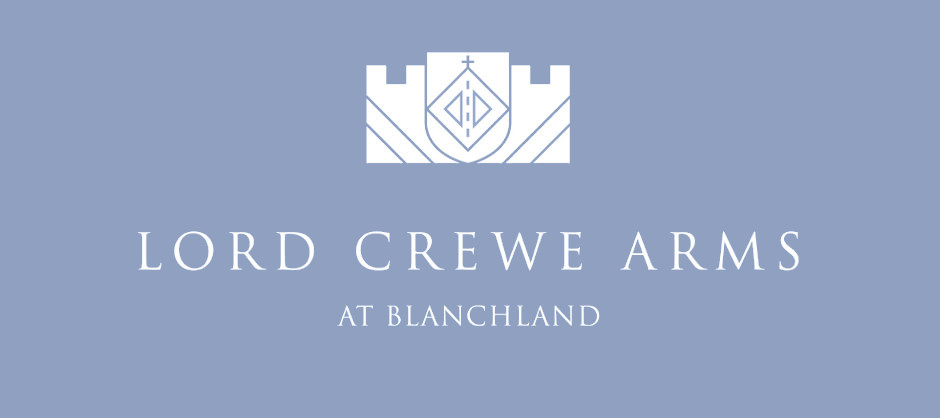The village of Blanchland grew out of the foundation of an abbey in 1165. It was bought by the
Bishop of Durham, Nathaniel Lord Crewe in 1708, and on his death in 1721
Blanchland became part of a charitable trust established by his will.
Today Blanchland is reputed to be one of the prettiest villages in
England, and is a popular destination for visitors from all over the
world.
The Lord Crewe Arms was originally built as the Abbot's Lodge, Guest House and Abbey Kitchens. The garden, which is now a scheduled ancient monument, was the Abbey's Cloisters in which the monks took their exercise and relaxation.
After the dissolution of the Abbey in 1536 its estates and buildings were bought by the Radcliffe family and then in 1623 they passed to the Forsters of Bamburgh; both old Northumberland families. Blanchland Abbey became a ruin and the other Abbey buildings were converted into dwelling houses for the village; the Abbot's lodging, guest house and kitchen becoming the manor house.
In 1701 the last male heir of the Bamburgh Forsters was assassinated in Newcastle and the Blanchland Estate passed to his two co-heirs, his sister Dorothy Forster, and his nephew Thomas Forster. Tom Forster also had a sister Dorothy whom we will call Dorothy II.
In 1699 Dorothy married Lord Crewe, the Bishop of Durham, and despite their being forty years between their ages it was a very happy marriage. Financial problems forced Lady Crewe and her nephew Tom Forster to sell their Bamburgh and Blanchland estates. They were bought by Lord Crewe in 1704 for £20,679 and so Blanchland acquired that connection with his name, which it has retained ever since.
Tom Forster was the general commanding the Jacobite forces during the 1715 uprising. He had no qualifications whatever for such a post and, at Preston, surrendered to the government troops without even trying to put up a fight. He was taken to London and imprisoned in Newgate gaol from where he managed to escape three days before he was due to be tried for high treason. The escape was planned by his sister Dorothy II, who it is said, disguised herself as his servant, rode to London behind the village blacksmith and made good on her brother's escape.
It is believed that Tom and Dorothy returned to The Lord Crewe Arms and that Tom was hidden in the Priests Hole until he was able to escape to France where he died. Dorothy remained at Lord Crewe, where rumour has it she has been ever since. There have been many reports of her prescence being felt in the part of the hotel where she had her apartment...
